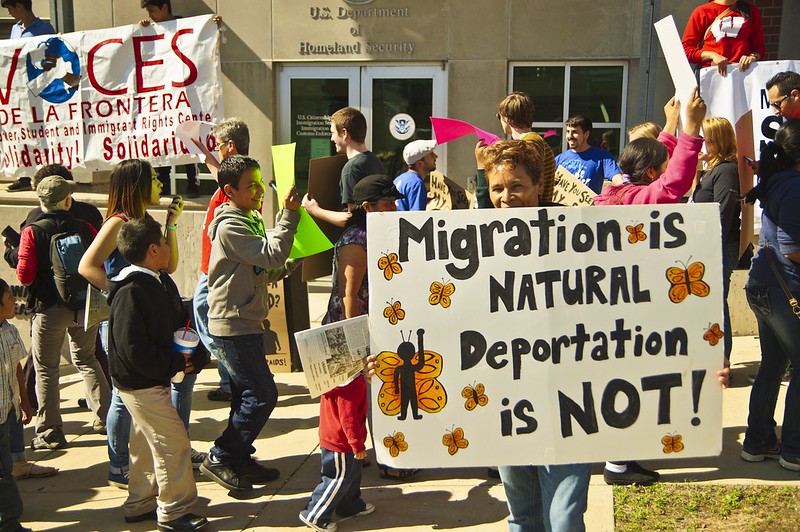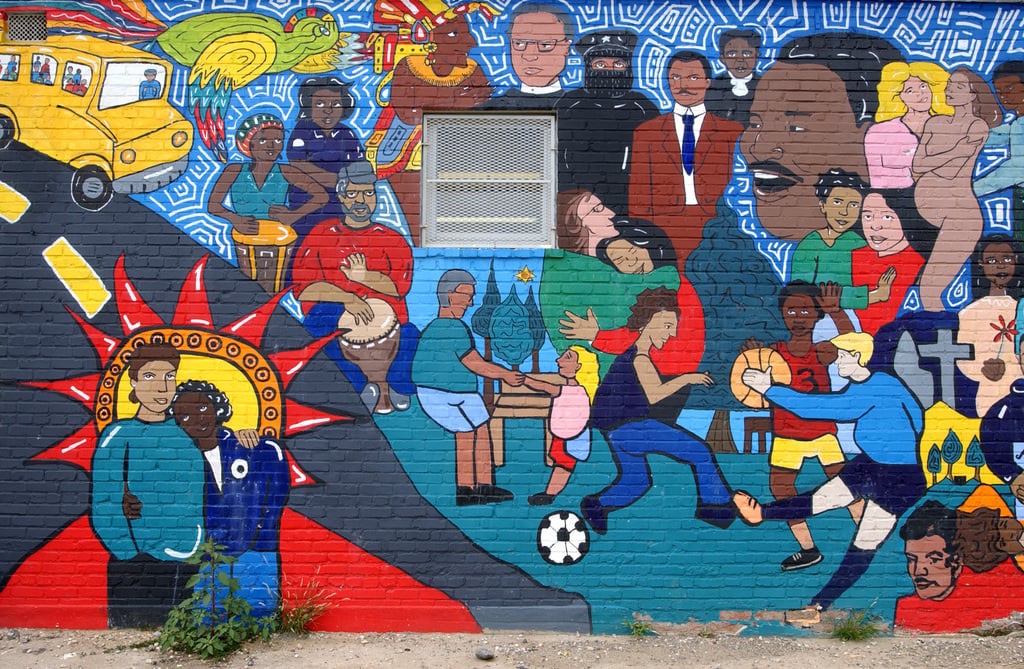Some new swear words have entered the villa. The university discourages me from saying them aloud but I’ve been granted top-secret clearance to use them for this article only: diversity, equity and inclusion.
I feel a distinct and unique responsibility to let you all in on the conversation. I worked for the Office of Institutional Equity and Diversity (OIED), now the Office of Equal Opportunity, as it deteriorated over the past few months.
I do not speak on behalf of NC State nor claim to have the answer to any questions. I’m a student journalist, and somebody had to say something.
What is DEI?
Diversity, equity and inclusion refers to a set of policies and initiatives that promote the institutional inclusion and representation of people from marginalized backgrounds.
Diversity centers on variety, including but not limited to age, race, ethnicity, ability, gender, religion, culture and sexual orientation.
Equity aims to remove the systemic barriers that prevent different groups from participating in society socially, academically, or in their careers.
Inclusion ensures that everyone has a seat at the table.
The Pew Research Center shows that a majority of U.S. employed adults believe DEI programs have a positive impact on their workplaces. While opinions vary along demographic and partisan lines, DEI initiatives are good for morale and the institution’s outward appearance.
DEI programs can even boost financial performance. A 2020 report from McKinsey & Company shows that diverse companies are more profitable than their less diverse peers in profitability.
A Little History
Affirmative action is considered the first DEI program, which President John F. Kennedy signed into law in 1961. The Civil Rights Act of 1964 and other programs expanded access to career and academic opportunities for marginalized groups.
Throughout the 1970s, corporations and academic institutions adopted diversity training programs to facilitate more comfortable racial integration of offices and classrooms. These early trainings had little lasting impact on workplace bias, particularly amongst white males. Despite these challenges, DEI achieved a significant victory when the Supreme Court held that affirmative action was constitutional with the landmark Bakke decision of 1978 – though it banned racial quotas. This ruling embedded diversity in constitutional law. Following the Bakke decision, enrollment of Black, Hispanic and Asian students in higher education rose between 14 and 18 percent.
The 1980s and 90s set the stage for today’s DEI initiatives. During this time, DEI expanded to encompass gender, ethnicity, religion, and sexuality. America was begginning to accept multiculturalism, and policy began to reflect the reality of a globalized workforce. DEI training shifted from confrontational approaches to those centered on inclusion, and organizations saw the emergence of diversity professionals. With the advent of social media in the early 2000s, the demand for DEI professionals surged, and diversity became a business imperative.
Yet, in spite of DEI’s benefits, a number of right-wing politicians have made it their life’s mission to abolish such programs and legislation.
The War on DEI
Governors Ron DeSantis and Greg Abbott first introduced anti-DEI bills in their respective states, Florida and Texas, in 2023. A conservative wave of anti-DEI legislation has since swept across the country, slamming into 28 states.
The Chronicler of Higher Education maintains a tracker of anti-DEI legislation across the United States. As of June 23, 85 bills have been introduced, of which only 14 have become law, including in Iowa, Tennessee, Alabama and North Carolina. According to the tracker, North Carolina primarily targets DEI training and diversity statements.
Every bill is a little different, and may restrict different aspects of DEI based on the state. However, four pillars have received notable conservative attention: jobs, training, diversity statements and identity-based preferences in hiring and admissions.
More than 50 universities across the country, such as UNC Greensboro, have gutted their diversity-centered offices and multicultural centers. Other universities, including NC State, have opted to downsize and renamed their offices.
How DEI changed NC State
In May 2024, the University of North Carolina Board of Governors voted to repeal DEI. These policies sought to foster inclusiveness by requiring universities to submit diversity and inclusion reports. DEI has now been replaced by a policy called “Equality Within the University of North Carolina.” The new policy commits itself to “institutional neutrality.”
On Aug. 1, Provost Warwick Arden sent an email to all students, faculty and staff. He then followed up with another email on Aug. 16.
Here are some of the changes included in the emails from Executive Vice Provost and Chancellor, Warwick Arden.
Effective Aug. 1, the Campus Community Centers and the Disability Resource Office have moved from OIED into the Division of Academic and Student Affairs (DASA), and can take advantage of its robust resources.
The community centers are the African American Cultural Center, the Women’s Center, the LGBTQ Pride Center and Multicultural Student Affairs. All four centers are devoted to the well-being of marginalized students, with each space centering a particular identity. Nobody is excluded from any community centers or their programs. Carrie Zelna, Senior Associate Vice Chancellor, will now oversee the community centers.
Also effective Aug. 1, The Office for Institutional Equity and Diversity was renamed the Office of Equal Opportunity. Sheri Schwab maintained her position as Vice Provost of the department and still oversees the Disabilities Resource Office. All DEI-related training has been suspended indefinitely for review.
The university has until Sept. 1 to comply with the new policy.
Don’t Say DEI
As you spend time at NC State, you’ll eventually notice a distinct lack of transparency at every level of this institution. NC State administrators failed to properly inform faculty and staff about how the war on DEI would affect them. I spent this summer working in the Office of Equal Opportunity, formally known as OIED. Our summer was marked by confusion stemming from botched communications and scrambling to remove any trace of D, E, or I from our marketing.
Many of my questions regarding the transition into DASA went unanswered. Fundamentals were up in the air, from my job title to my pay, and none of my supervisors could provide the clarity I needed– unless it was a vapid response from higher administrators. I watched as the university encouraged a “don’t ask, don’t tell attitude” towards the shift from OIED to DASA. Anymention of diversity, equity or inclusion was taboo.
About halfway through the summer, I realized that there was no clarity to be found. Nobody in the department knew if they would have a job by the time school started, and the university showed zero urgency in telling us. The information we did have was subject to change at any minute, and nobody could tell me the same fact twice. It was unacceptable that faculty and staff should be expected to continue working happily, producing summer programs, generating research and making the university money, while the university left them in the dark.
Our elected student representatives have yet to comment on DEI changes. I am curious to see if, when or how Student Government responds to constituent needs and whether or not they will advocate for the marginalized student body come election season.
Personally, I have yet to see how these changes “optimize the student experience” for anyone who isn’t straight, white, male or all three. To me, these policies boil down to “don’t say DEI.”






